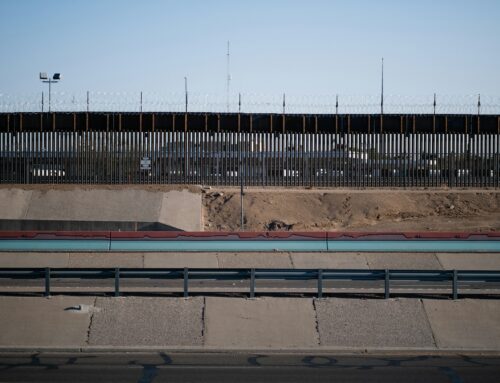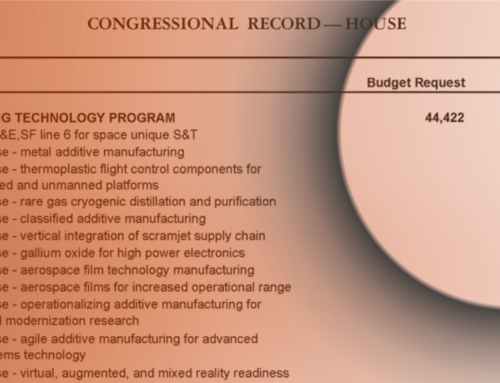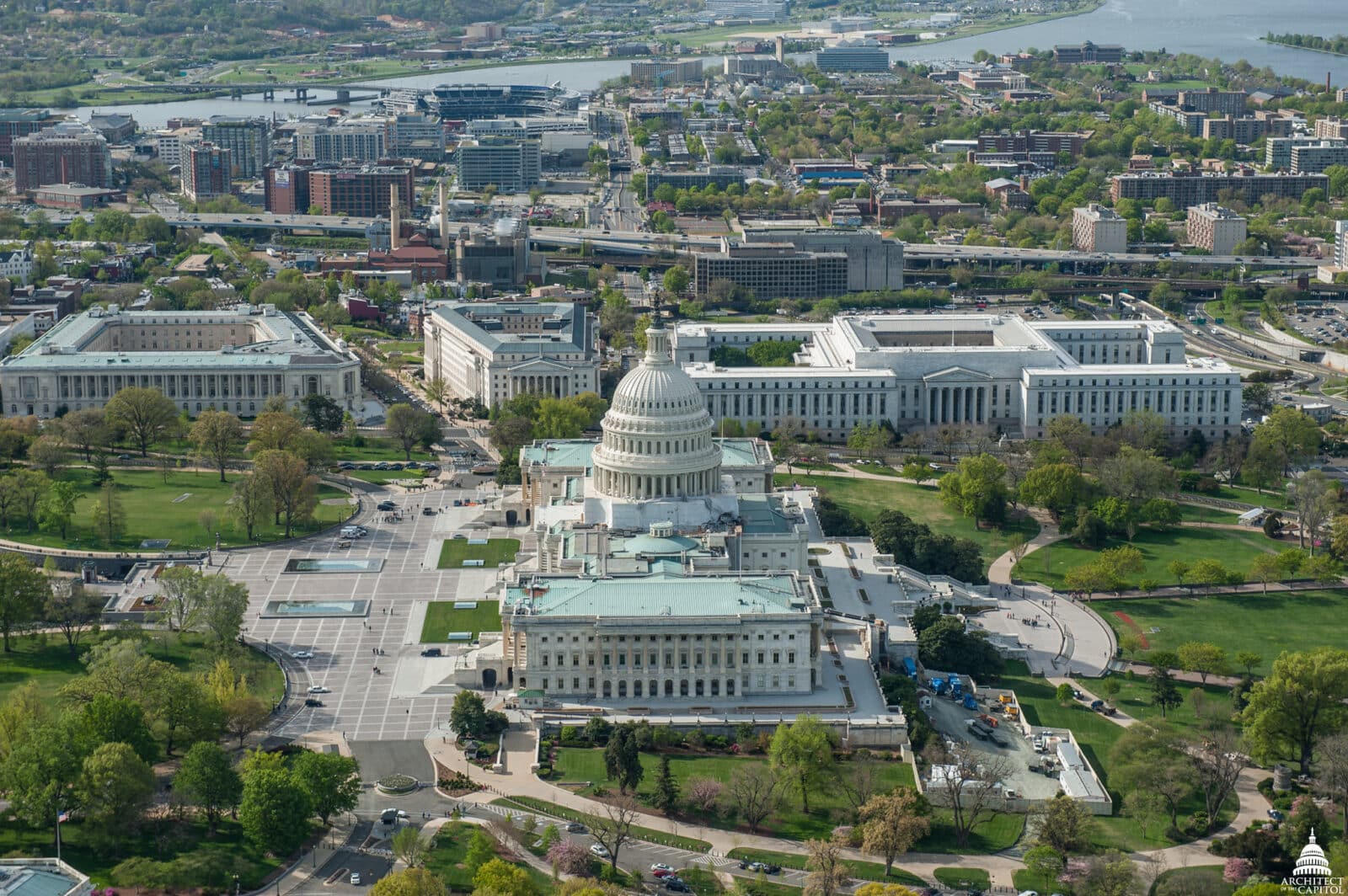Congress mandated the constuction of hundreds of miles of fencing along our Southern border in 2006 without any real knowledge of its true costs. Taxpayers have paid $2.4 billion for fence construction to date, and annual funding has jumped from $6 million in 2002 to $843 million in 2008. Yet all signs indicate the fence is bound to cost us much more.
The only estimate of the fence’s cost in 2006 was a 1999 Army Corps of Engineers study which said the most common type of pedestrian fencing would cost around $431,000 per mile. The U.S. Customs and Border Patrol reports the fence already costs ten times that amount. In some locations, costs can run as high as $12 million per mile.
Construction contracts, however, indicate actual costs are even higher. These contracts show average costs at $4.5 million per mile for primary fencing and $1.6 million for vehicle barriers. And these contracts don’t include significant related costs, including:
-
Fluctuating fuel, labor and materials prices, exacerbated by the use of private contractors.
-
The high costs of purchasing land from private owners and fighting lawsuits challenging the Department of Homeland Security’s waiver of nearly 40 environmental and regulatory laws. Though CBP added $0.8 million per mile for land acquisition costs in their most recent estimates, this figure is likely low considering the more than 100 cases challenging the DHS awards currently before the courts.
- Environmental mitigation. The $50 million Congress added to DHS’ 2009 budget for “regulatory and environmental requirements” is a drop in the bucket. Taxpayers often end up with the bill for long-term environmental impacts when the government is exempted by legal waivers.
But the biggest future cost to taxpayes may be the high price of fence maintenance. U.S. Army Corps estimates for maintaining the 370 miles of “primary” fence range from $5 and $8 million per mile each year. The Congressional Budget Office estimated annual maintenance costs at 15 percent of construction costs. That means maintenance costs will surpass construction costs within seven years. These estimates—probably low, as they do not address the increasing problem of fence vandalism—indicate taxpayers are looking at least $8 billion to maintain the fence over its 25-year life cycle.
Though Congress has asked the Department of Homeland Security to provide realistic cost estimates, DHS has dragged its feet, either leaving such estimates out of its reports or failing to submit the reports altogether. Every dollar is precious in this economic climate, and a full and transparent accounting of national security spending is vital for setting priorities.














Get Social